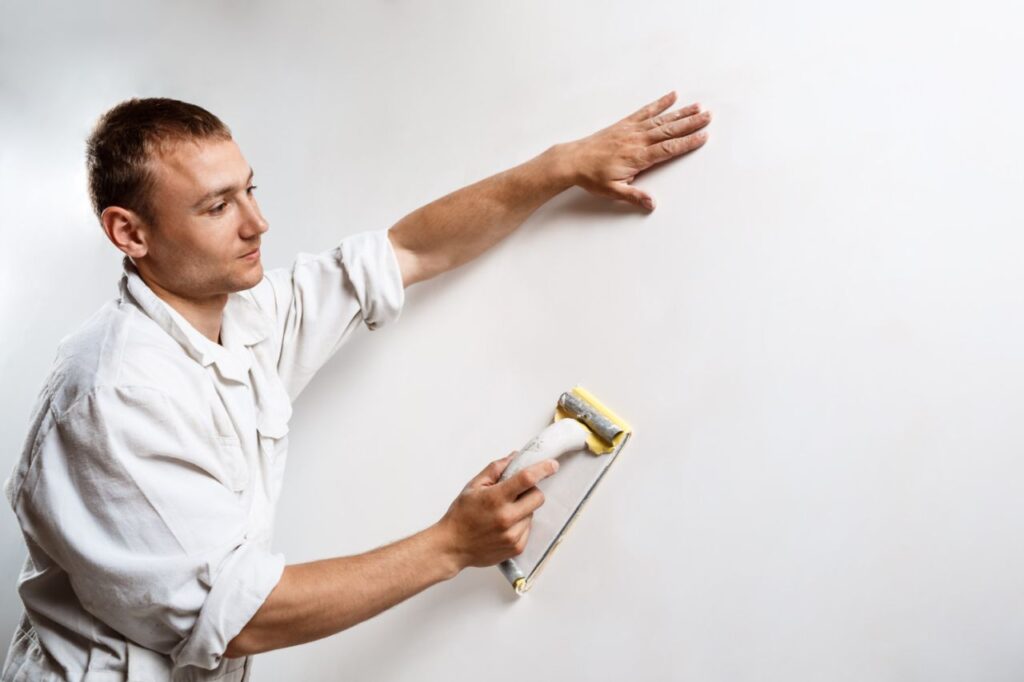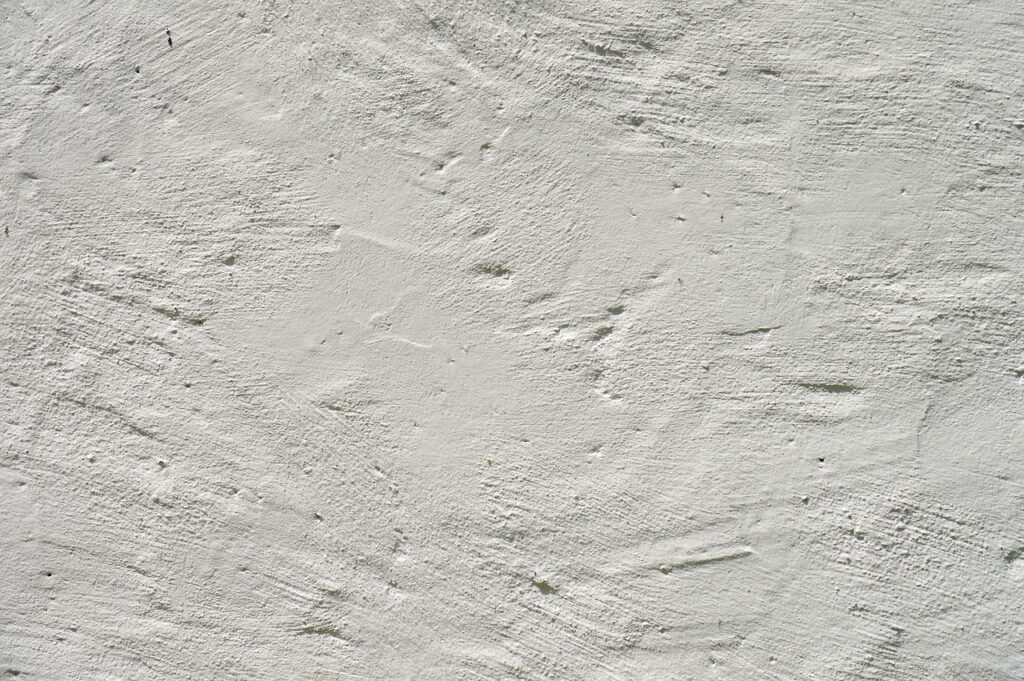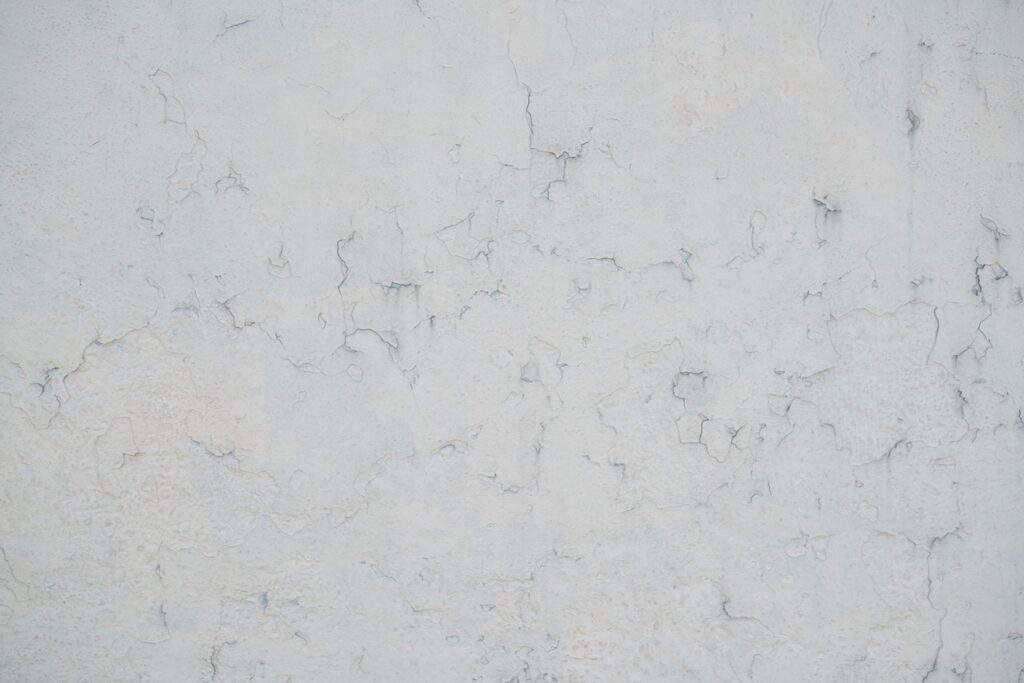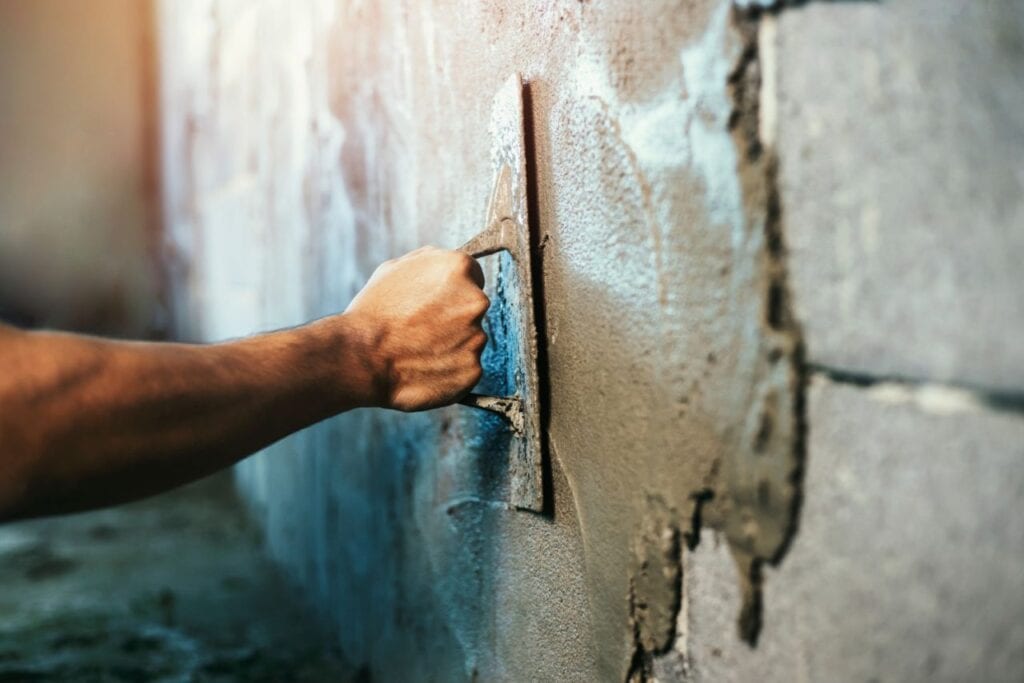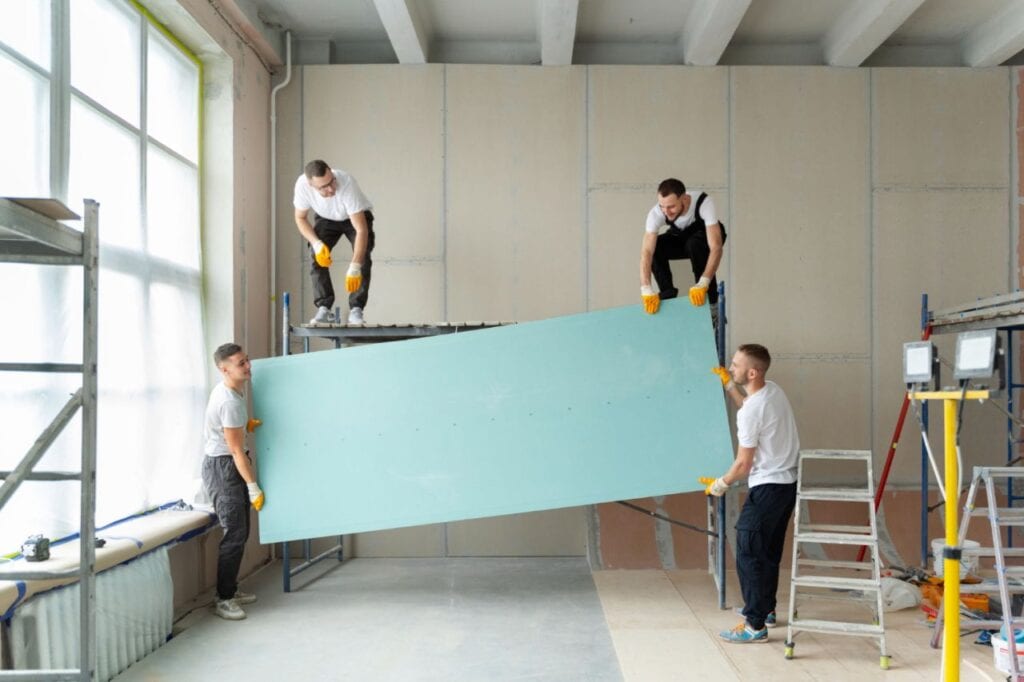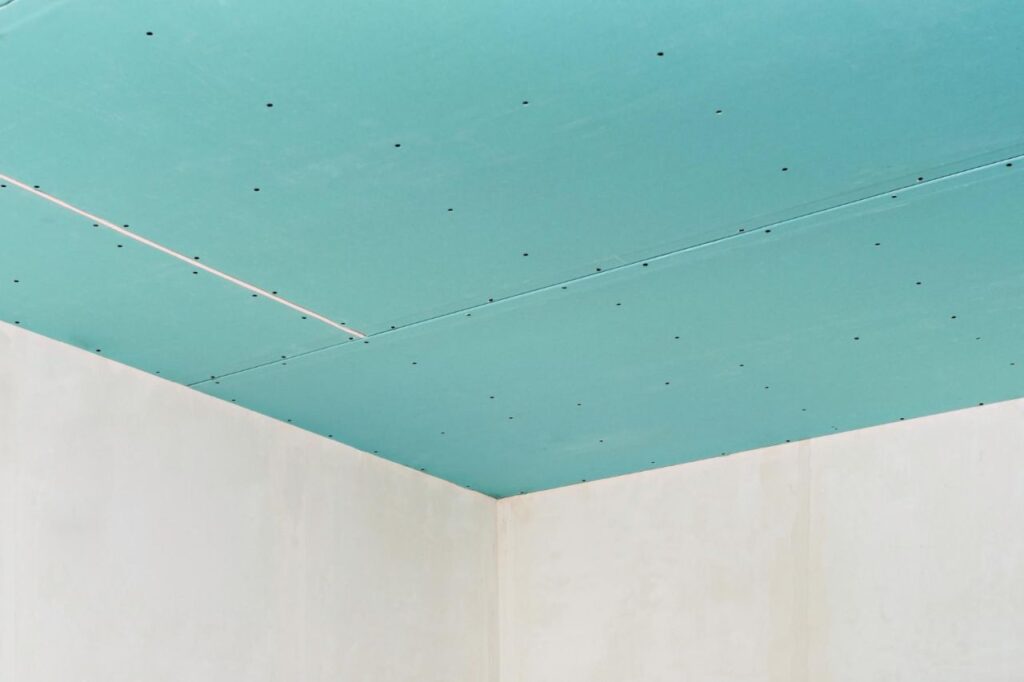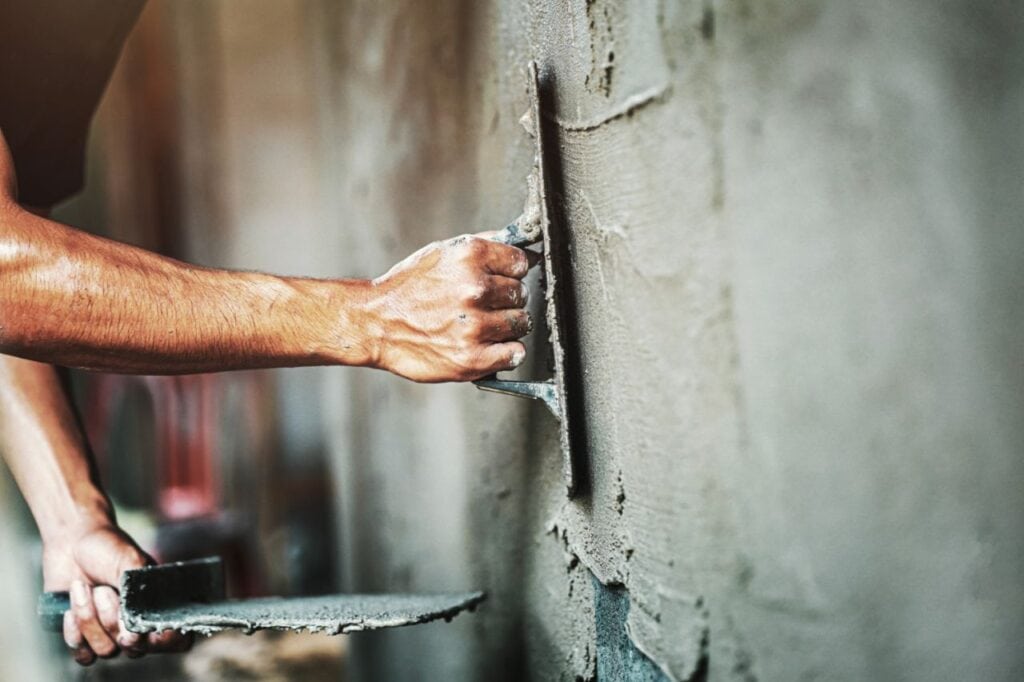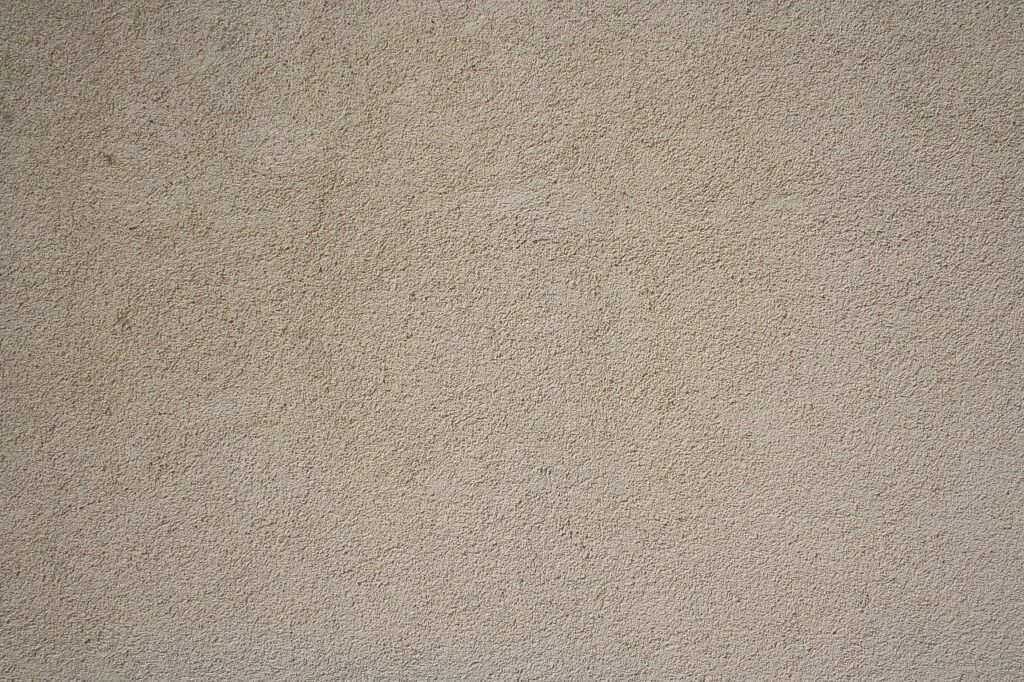Plaster walls are a classy addition to any dwelling. However, they need regular upkeep to retain their pristine condition.
In this detailed manual, we'll explore various strategies for keeping plaster walls in good condition. Whether you're a DIYer or a professional builder, these tips can help keep your plaster walls looking great for years.
Understanding Plaster Walls
As long as there has been plaster, a decorative wall coating made of lime, sand, and sometimes fibres, there has also been plaster restoration. It's a sturdy construction material despite the inevitable fractures and bubbles.
Plaster walls were extensively used in earlier homes and buildings and were made by combining gypsum, sand, and water. Understanding the components of plaster walls is essential for proper upkeep.
One of the many benefits of plaster walls is their exceptional resilience to damage from normal use. They also reduce noise transmission because of their high acoustic quality.
Plaster walls can withstand fire and maintain comfortable temperatures year-round. However, it's crucial to be aware of typical problems that plaster walls are prone to, including cracks, holes, and settling.
Recognising these common difficulties is critical for early detection and effective resolution.
Plaster is everywhere again now after a long absence. Modern plaster variation innovations and eco-friendliness contribute greatly to the material's meteoric popularity.
Plaster comes in various colours and textures, just like paint. Plaster is gaining popularity among modern homeowners and interior designers as a way to add visual interest to walls.
The industry offers a wide variety of plaster products. Do your homework and learn the content and how it may be used.
When it comes to maintaining the charm and durability of your home, plaster walls play a significant role. However, these classic walls are not impervious to the threats posed by pests. Combining the essence of preserving your plaster walls with effective pest control strategies is essential for ensuring your home remains a fortress against both time and pests.
Plaster Wall Maintenance Tips
Plaster repair can be extensive and expensive whether you plan to build plaster walls during renovations or already have them. Look at this helpful article to learn how to maintain your plaster walls properly.
Recognise Damage
Lath is wood that is nailed together as a base for plaster. Doors-wrapped doorways, hallways, and fractures along beams and corners are common examples of stress cracks caused by the foundation or structure movement. This might happen during renovations or because of poor construction.
Use Cracks To Diagnose The Issue
A leaky roof or pipe might cause water to seep through cracks in the corners. Above a window or door, a little diagonal fissure can be easily repaired. Settling also causes diagonal cracks, which can be repaired with filler.
A bulge will emerge in the wall where the plaster has come loose from the lath, a common sign of water damage. Plastering over drywall will soften the surface. A brownish stain will appear in both scenarios.
Large, irregularly shaped, or open cracks may indicate a structural issue and necessitate the assistance of an expert.
An expert familiar with the type of plaster you use should fix the flaws, as the repair will always be visible unless the entire wall is skim coated.
Cracks And Holes Need To Be Fixed Immediately
If you want your plaster to last, fix any damage as soon as you notice. Repair cracks as they appear. Loose plaster puts pressure on the walls around it. Don't let little cracks turn into big problems because you didn't bother to address them while they were small. This is different from patching holes in drywall. Plaster repairs could require skilled trenching.
Here is a detailed, step-by-step guide on fixing holes and cracks in your plaster walls:
Step 1
Some of the plaster in older houses may contain dangerous materials. Clear the air in your workspace by taping a home filter to the rear of a box fan, ideally with a HEPA filter.
Plaster repair is messy, so it's important to protect yourself with gloves, a dust mask, and safety glasses. If you're using the newer, environmentally friendly plaster formulation, you should keep kids and those with breathing difficulties away from the work area.
Step 2
To reach the substrate beneath a fracture, cut a V-shaped trench using a utility knife, holding it at a right angle to the wall at a 90-degree angle.
Step 3
To quickly repair the sand, use a quick-drying compound. Apply the compound to the cracks and smooth them out. Please wait for it to dry and shrink.
Step 4
Cover the area with mesh tape. Apply a thin application of regular joint compound or sand patching compound over the mesh tape.
Step 5
Once the compound has dried, the tape's outer surface should be feather-coated (bead coated) across a width of about six inches. The tape and the wall should be on the same level as the putty knife. Get rid of any bulky parts before applying the final coat.
The key to successful drywall installation is to avoid applying too much joint compound at any given time. Less is more. Unlike sanding, adding more compounds is simple and quick.
Step 6
After the thin coat has dried, sand it and apply another if necessary.
Figure Out The Proper Way To Hang Pictures And Shelves
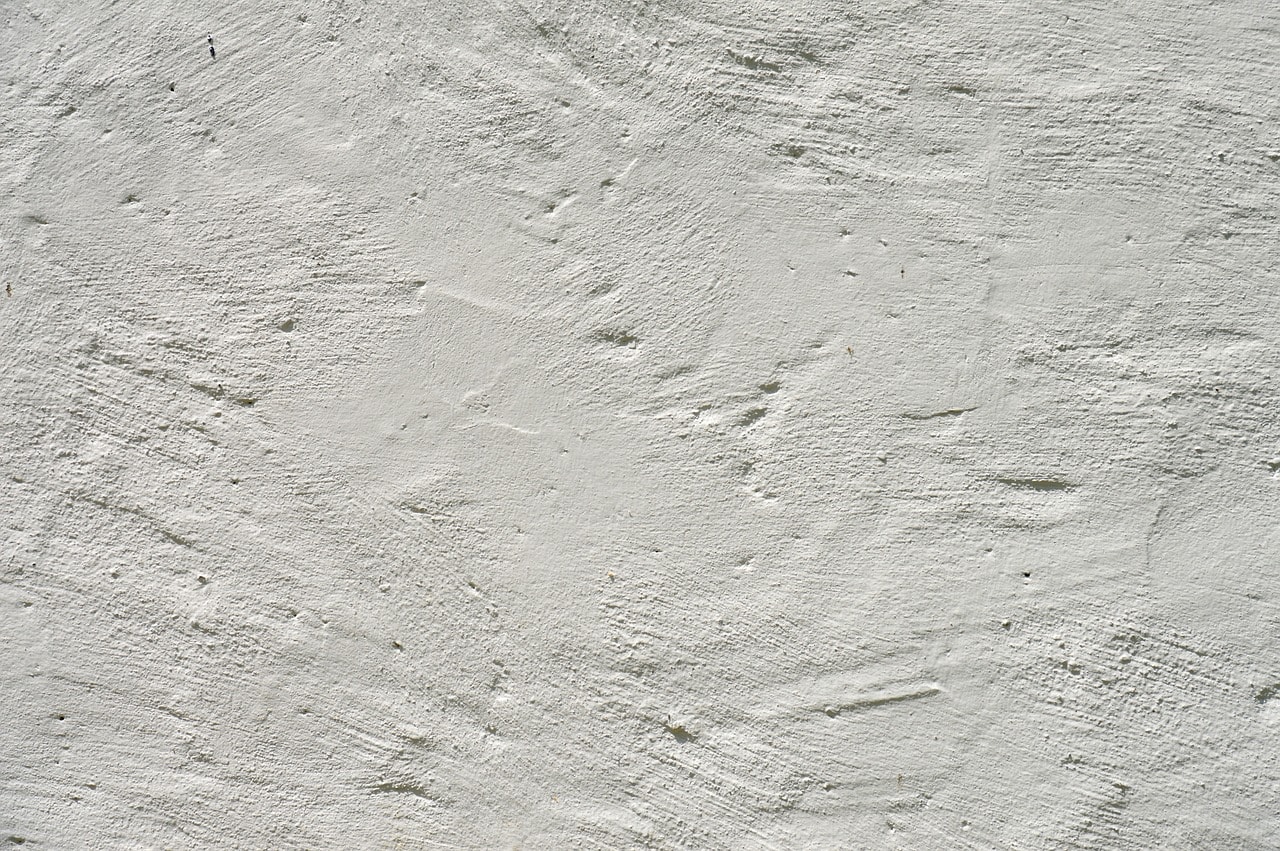
Plaster's one major drawback is that hanging pictures and other decorative items might be difficult.
If you hit plaster with a nail, the lath underneath will bounce back at you. This can put the entire wall at risk of collapse. Even if the wall doesn't break, a golf ball-sized crater could result from paint bubbling up through the plaster.
To avoid this issue, always utilise an anchor and screw system when hanging heavy items like a flat-screen television.
Molly bolts or toggle bolts are the ideal anchors to use in walls made of plaster. The two are similar in that they are often composed of metal and serve to brace large objects. Using a stud finder, if necessary, locate a stud to use as an anchor for the screw.
Plan carefully positioning a picture or other wall hanging before drilling a hole in the wall. Only proceed if you are sure you are drilling in the right spot.
To keep your plaster walls in good shape, you should avoid pounding nails or driving screws into them directly. Plaster can be pulled off in large pieces by adhesive hooks. Therefore, it's best to avoid using them.
To make a hole for a nail or screw, use a drill with a bit just a hair smaller than the fastener. Nails and screws can now be driven into drywall without cracking the surface.
Try not nailing into the plaster at all. Picture moulding is a common architectural feature in older homes. A current wiring system might be used if your home lacks such moulding.
Maintain Frequent Contact
Plaster that is otherwise in good condition but has a cracked, shiny appearance can be given new life by repainting with a matte finish paint to hide flaws. It's important to consider the current paint job before giving an ancient plaster wall a new coat of paint. The original paint was an oil-based variety. Water-based paint requires a specific primer before it can be applied.
Clean Carefully
Plaster walls can be cleaned in the same way as any other type of wall. The only real difference is in the texture, as plaster surfaces tend to crack easily and require a light touch.
If they are still unclean after being vacuumed with a dust-brush attachment, you can wipe them down with dish soap and warm water, being careful not to scrub too harshly and ruin the texture or finish.
It's smart to maintain your plaster walls. Extensive plaster repairs can be avoided, and the surface can retain its beauty for a long time if holes and cracks are patched, crumbling plaster is replaced, the surface is painted, and it is kept clean.
The most effective method for cleaning plaster is as follows:
Plaster is porous, so you must call a plaster repair specialist fast if it gets wet. This can be a major issue when the plaster may have lasted for decades. To avoid damaging your plaster when cleaning it:
- Saturate a gentle cloth with warm water and squeeze it dry.
- Work up a few tiny sudsy patches by placing a small bead of mild soap on your cloth.
- Rub the soapy cloth into the plaster wall in circular motions, starting at the top and working your way down.
- Rinse the cloth in warm water and ring it out once more.
- Like before, you should wipe the plaster clean of any soap residue.
- Grab a few extra dry, soft clothes to finish drying the wall.
Repair Using Appropriate Materials
Selecting the appropriate patching compound makes fixing the plaster's surface simple.
Use spackling compound to repair minor holes in the wall. Self-adhering fibreglass tape should be used to repair a persistent crack, and then three coatings of fast-drying joint compound should be applied over the tape.
Patching plaster, a special blend more durable than conventional plaster, can be used to fill cracks, and it usually only takes one coat to cover the damage.
To patch a hole, do the following:
- It's a good idea to ding the plaster close to the door. A hollow sound reverberates through pathless plaster. Remove crumbling plaster using a putty knife.
- Edges of the V-shaped drink openers are made of hollow plaster. The patch should be angled inward so that it adheres to the surface and stays put.
- Plaster of Paris should be mixed. Plastering a hole requires first cleaning it.
- Plaster putty or a drywall knife. Calm down. Once the patch has dried, sand it or sponge it.
Fit The Surface
Run a comb, brush, crumpled newspaper, or sponge across the wet plaster to create a textured wall.
Let the patch dry, then prime the wall if it has a sandy surface. Next, use latex paint blended with sand as the final coat.
If the wall is already flat, you can smooth it using a putty or drywall knife; just remember to scrape the knife regularly on a clean piece of wood to avoid scratching the smooth surface with tiny bits of dried plaster.
Conclusion
Plaster walls are a popular and durable construction material that can withstand fire and maintain comfortable temperatures year-round.
They are made of lime, sand, and sometimes fibers, and are made by combining gypsum, sand, and water. Understanding the components of plaster walls is essential for proper upkeep. Plaster walls are prone to cracks, holes, and settling, which are common problems.
Plaster repair can be extensive and expensive, and it is essential to recognize damage, such as stress cracks caused by foundation or structure movement. Cracks can be repaired using a leaky roof or pipe, diagonal fissures above a window or door, settling, bulges in the wall where plaster has come loose from the lath, or large, irregularly shaped, or open cracks that indicate structural issues.
Cracks and holes need to be fixed if they appear. Loose plaster puts pressure on the walls around it, so it is crucial to address them before they become big problems. A detailed, step-by-step guide on fixing holes and cracks in plaster walls can help maintain their pristine condition.
To repair cracks and holes, follow these steps:
- Clear the air in your workspace by taping a home filter to the rear of a box fan, ideally with a HEPA filter.
- Cut a V-shaped trench to reach the substrate beneath a fracture using a utility knife.
- Apply a quick-drying compound to the cracks and smooth them out.
- Cover the area with mesh tape and apply a thin application of joint compound or sand patching compound over the mesh tape.
- After the thin coat has dried, sand and apply another if necessary. Hanging pictures and shelves in plaster walls can be challenging due to the risk of collapse and paint bubbling up through the plaster. To avoid this, use an anchor and screw system when hanging heavy items, such as flat-screen televisions. Use stud finders to locate studs for the screw.
Plan carefully before drilling holes in the wall and avoid pounding nails or driving screws directly. Use a drill with a bit smaller than the fastener to make holes for nails or screws. If your home lacks picture moulding, use a current wiring system.
Maintain frequent contact with old plaster walls by repainting with a matte finish paint to hide flaws.
Consider the current paint job before applying a new coat of paint. Clean plaster walls carefully, using dish soap and warm water to remove any soap residue.
Repair holes and cracks using appropriate materials, such as spackling compound for minor holes, self-adhering fibreglass tape for persistent cracks, and fast-drying joint compound for cracks. Patching plaster, a more durable blend than conventional plaster, can fill cracks and take only one coat to cover the damage.
To create a textured wall, run a comb, brush, crumpled newspaper, or sponge across the wet plaster, let the patch dry, prime the wall if it has a sandy surface, and use latex paint blended with sand as the final coat. If the wall is already flat, smooth it with a putty or drywall knife, scraping the knife regularly to avoid scratching the smooth surface with dried plaster.

Content Summary
- Plaster walls are a classy addition to any dwelling.
- Regular upkeep is necessary to maintain the pristine condition of plaster walls.
- Plaster walls are made of lime, sand, and sometimes fibers.
- They are resilient to damage from normal use and reduce noise transmission.
- Common problems with plaster walls include cracks, holes, and settling.
- Modern innovations and eco-friendliness have contributed to the popularity of plaster.
- Plaster comes in various colors and textures, adding visual interest to walls.
- Recognizing damage early is crucial for effective resolution.
- Repairing cracks and holes immediately is essential to prevent further damage.
- Plaster repair can be extensive and expensive.
- Proper diagnosis of issues is necessary using cracks as indicators.
- Water damage can cause bulges and stains on plaster walls.
- Structural issues may be indicated by large, irregularly shaped, or open cracks.
- Expert assistance may be required for fixing certain flaws in plaster walls.
- Fixing damage promptly helps prolong the lifespan of plaster.
- Proper protection and safety measures should be taken during plaster repair.
- Step-by-step guide provided for fixing holes and cracks in plaster walls.
- Hanging pictures and shelves on plaster walls can be challenging.
- Anchors and screws should be used instead of nails to avoid wall damage.
- Molly bolts or toggle bolts are recommended for anchoring heavy items.
- Careful planning is necessary before drilling holes in plaster walls.
- Adhesive hooks should be avoided as they can pull off plaster.
- Use a drill with a bit slightly smaller than the fastener to prevent cracking.
- Picture moulding can be used as an alternative to nailing into plaster.
- Repainting with a matte finish can hide flaws on plaster walls.
- Consider the current paint job and use the appropriate primer before repainting.
- Cleaning plaster walls requires a light touch to avoid cracking.
- Vacuuming with a dust-brush attachment is recommended for cleaning.
- Mild soap and warm water can be used for wiping down plaster walls.
- Plaster should be protected from water damage as it is porous.
- Patching compound should be selected based on the type of repair needed.
- Spackling compound is suitable for minor holes, while fibreglass tape is used for cracks.
- Patching plaster is a durable option for filling cracks and holes.
- Proper techniques for patching holes in plaster walls are provided.
- Texture can be added to wet plaster using a comb, brush, newspaper, or sponge.
- Priming and using a latex paint blended with sand is recommended for the final coat.
- Smooth surfaces can be achieved using a putty or drywall knife.
- Regular scraping on a clean surface prevents scratching the plaster.
- Maintaining frequent contact with plaster walls is important for their condition.
- Plaster repair should be done by a specialist if it gets wet.
- Repairing plaster requires cleaning and using appropriate materials.
- Plaster of Paris can be used for patching holes in plaster walls.
- Sanding or sponging is necessary after the patch has dried.
- Textured walls can be created by running a comb, brush, newspaper, or sponge over wet plaster.
- Priming and using sand-blended latex paint is recommended for sandy surfaces.
- Smoothing the wall can be done with a putty or drywall knife.
- Scrape the knife on a clean surface to avoid scratching the smooth surface.
- Proper maintenance of plaster walls can prevent extensive repairs.
- Plaster walls offer exceptional resilience and aesthetic appeal.
- Understanding the components and characteristics of plaster is crucial for upkeep.
FAQS About Plaster Walls
To prevent moisture damage, ensure proper ventilation in the room, fix any plumbing leaks promptly, and avoid excessive humidity. Additionally, sealing the plaster with a suitable paint or sealer can provide an extra layer of protection.
Yes, you can hang heavy objects on plaster walls, but it's important to use appropriate anchors or wall plugs designed for plaster. These will distribute the weight evenly and prevent damage.
Stains on plaster walls can be challenging to remove. Start by gently scrubbing the area with a mild detergent and water solution. If the stain persists, consider repainting the affected section.
To maintain the paint on plaster walls, avoid abrasive cleaning methods and use a soft cloth or sponge for light cleaning. Touch up any chips or scratches with matching paint to keep the wall looking fresh.
It's generally not recommended to apply wallpaper directly to plaster walls. It's best to use a wallpaper liner or primer designed for plaster surfaces to ensure proper adhesion and avoid damage to the plaster.

